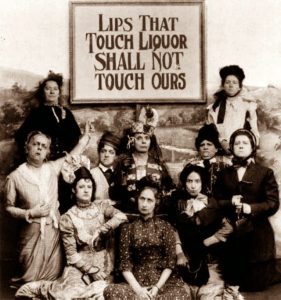Bourbon
Bourbon is a type of American whiskey that is primarily made from corn and is known for its distinct flavor profile. Here are some key points about bourbon:
-
Ingredients: By law, bourbon must be made from a grain mixture that is at least 51% corn. The rest of the mash bill can include grains like rye, barley, and wheat.
-
Production: Bourbon must be distilled to no more than 160 (U.S.) proof (80% alcohol by volume) and entered into the barrel for aging at no more than 125 proof (62.5% alcohol by volume).
-
Aging: It must be aged in new, charred oak barrels. There is no minimum specified duration for bourbon aging unless it is labeled as “straight” bourbon, in which case it must be aged for at least two years. However, if aged less than four years, the label must specify the duration of aging.
-
Geographical Restrictions: While bourbon can be made anywhere in the United States, it is strongly associated with Kentucky, which is historically and currently the largest producer of bourbon.
-
No Additives: Bourbon must be bottled at a minimum of 80 proof (40% alcohol by volume). It must be produced without any added coloring, flavoring, or other additives.
-
Flavor Profile: Bourbon typically has a flavor profile that includes notes of vanilla, oak, caramel, and spice. The specific flavor can vary widely depending on the specific mash bill, the duration and conditions of aging, and the particular techniques of the distillery.
The popularity of bourbon has grown significantly, both in the U.S. and internationally, and it is often enjoyed neat, on the rocks, or as a base for various cocktails like the Old Fashioned and the Mint Julep.

Definition
Bourbon must be at least 51% corn. The second grain must be wheat or rye.
It must be aged at least two years in new oak charred barrels (no used). It does not allow for any caramel coloring to be put in it. It must be made in the U.S. Most Bourbon is made in Kentucky.
In 1964 Congress declared it the National Spirit of the U.S.

In the days of the colonial farming whiskey was a staple on the farm for use when a person felt sick or to dress a cut … as well as relax with in the evenings. Farmers would distill their excess corn and sell it. In 1794 the the U.S. government imposed a tax on any distilled spirits. The protests began and were peaceful at first, but then included tar and feathering tax collectors.

Kentucky Homestead
The State of Kentucky offered 400 acres to settlers if they would grow corn. The settlers would convert the corn they grew to a valuable preserving substance called whiskey. In 1811 there were over 2,000 farmers that were registered to have a 50 gallon or larger distiller tank. The great water for making whiskey (limestone influenced, high in calcium low in iron) was in a small region which is why all the distilleries in Kentucky are in that region.
A 51% corn-based mash: The mash is the combination of grains that will ferment and distill into a spirit. Bourbon must be mostly corn.
No additives: A distillery cannot add extra ingredients such as sugar if they want to create bourbon.
Barreled at 125 proof or less: Once distilled, bourbon must go into the barrel at around 60% ABV to begin the aging process.
Aged in an oak barrel: Bourbon must age in a new charred oak barrel specifically.

Name Bourbon
The aging of the whiskey was started by a Baptist minister (Elijah Craig) by taking old fish barrels and putting straw in them and then burning them to get the fish smell out. Then he would store the liquor in these charred barrels. This whiskey was shipped to New Orleans, a big market then. Bourbon was discovered when the liquor that was poured in to these barrels was white, but when it arrived in New Orleans it was colored and had turned red and had a great flavor. 70 to 85 % of the flavor of barrel stored whiskey comes from the barrel. Since the whiskey came from Bourbon County they called it Bourbon Whiskey.

There is light bourbons and dark bourbons and the difference depends on the degree of charring in the barrel. The barrel charring details are kept as a proprietary secret since it is that important to the taste.


In 1920 Congress catered to the woman’s movement and banned all whiskey by an amendment to the Constitution. All distilleries in Kentucky There is a wheat bourbon which is sweet and the rye bourbon that is hotter. This is similar to the taste from bread made with wheat or rye. Distillers introduce different ingredients into bread to experience the taste. They would later transfer the recipes to their bourbon making.
